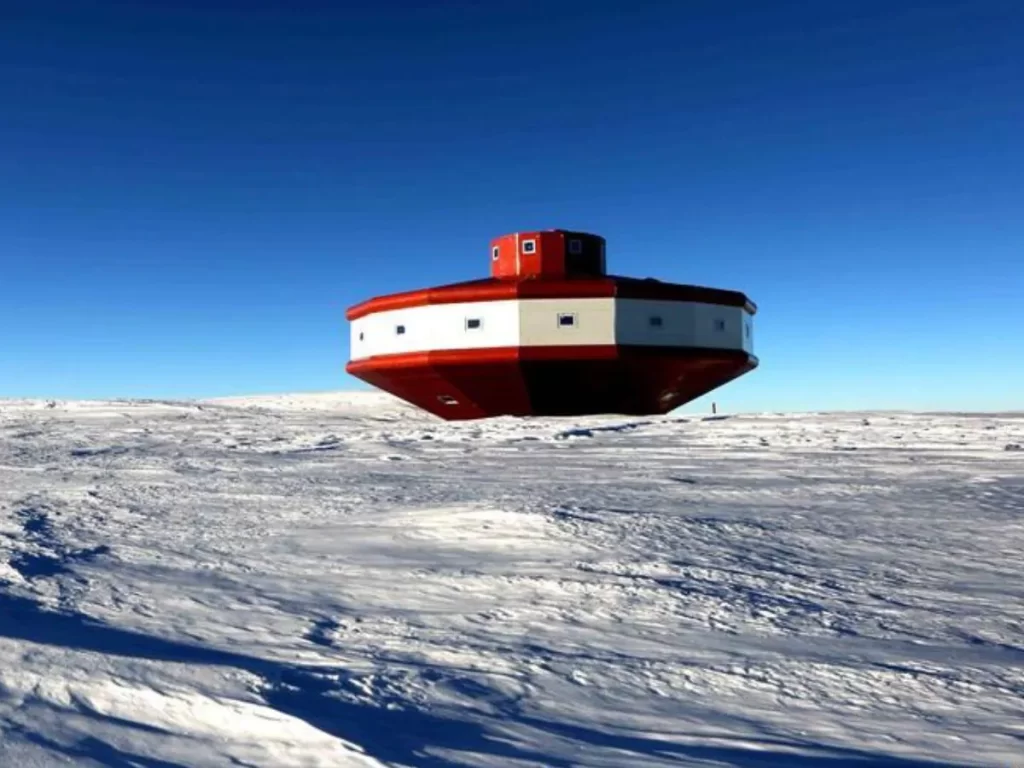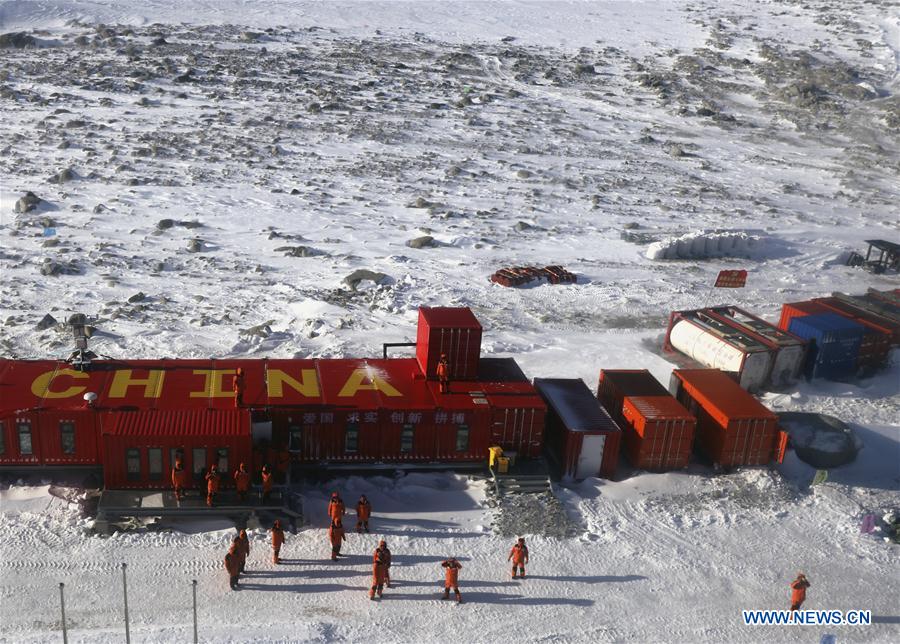On Wednesday, two Chinese icebreaker research vessels, accompanied by a cargo ship, embarked on a journey to the Antarctic with over 460 crew members to support the construction of China’s fifth research station on the southernmost continent.
This significant expedition, featuring China’s largest fleet of research vessels deployed to the Antarctic, is primarily dedicated to the establishment of the station on Inexpressible Island, a rugged and blustery location near the Ross Sea, a deep bay in the Southern Ocean named after a 19th-century British explorer.

Construction of the first Chinese station in the Pacific sector commenced in 2018, and it is intended for environmental research in the region.
According to estimates by a U.S.-based think tank, the fifth station may be completed by the following year.
READ ALSO: China Sends Six Warships to Middle East Over Israel Crisis Could Lead to WW3
The forthcoming facility is anticipated to house an observatory equipped with a satellite ground station, addressing a critical gap in China’s ability to access the Antarctic, as noted by the Center for Strategic and International Studies (CSIS) in a report earlier this year.
Furthermore, the station’s strategic location positions it to gather signals intelligence over Australia and New Zealand and telemetry data from rockets launched from Australia’s Arnhem Space Centre. It’s worth mentioning that China denies any espionage-related activities associated with its research stations.
The two icebreakers, named Xuelong 1 and Xuelong 2, translating to “Snow Dragon” in Chinese, departed from Shanghai carrying mostly personnel and logistical supplies. The cargo ship, “Tianhui” or “Divine Blessings,” embarked from the eastern port of Zhangjiagang, transporting construction materials for the station.
Over the course of a five-month mission, the two icebreakers will conduct climate change impact assessments.
Also, they will perform environmental surveys in Prydez Bay, the Astronaut Sea in southeast Antarctica, as well as the Ross Sea and Amundsen Sea in the west.
This marks China’s 40th expedition to the Antarctic, and it will involve cooperation with countries such as the United States, Britain, and Russia in terms of logistical support, as confirmed by officials.








Leave a Reply